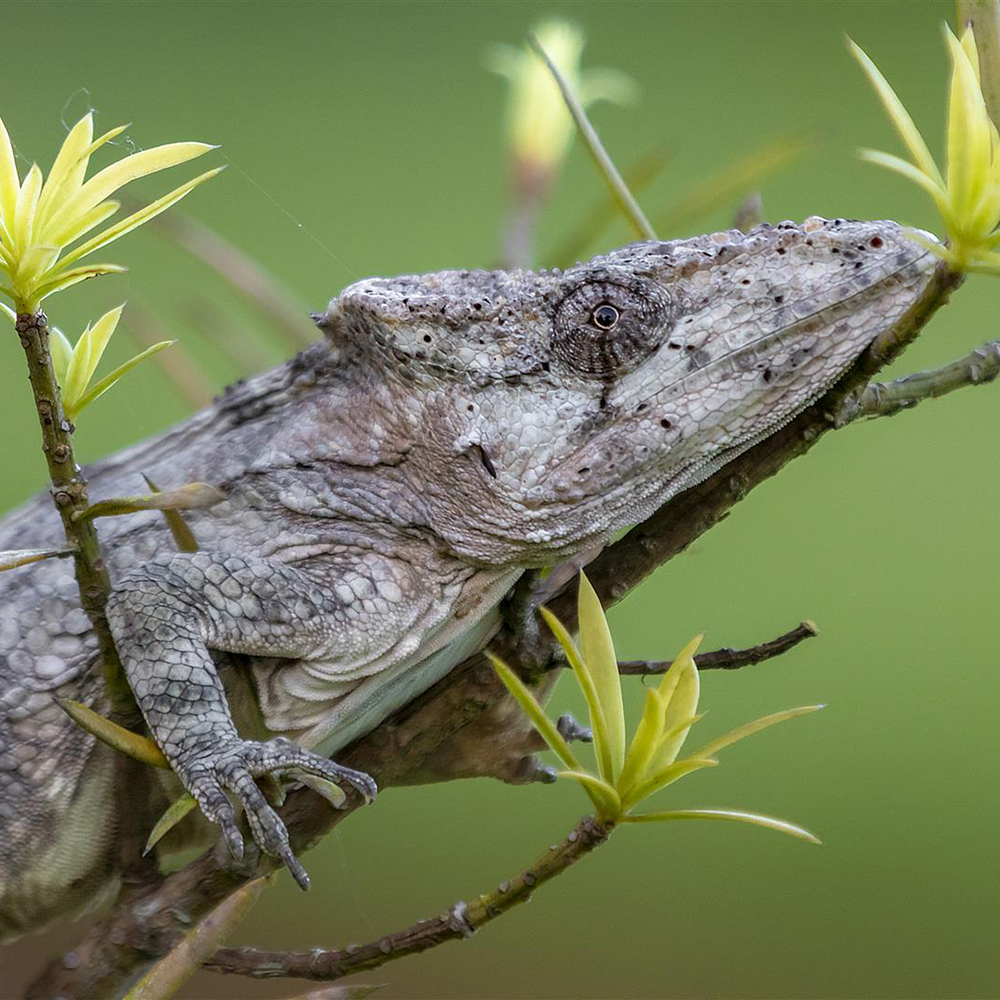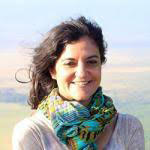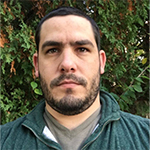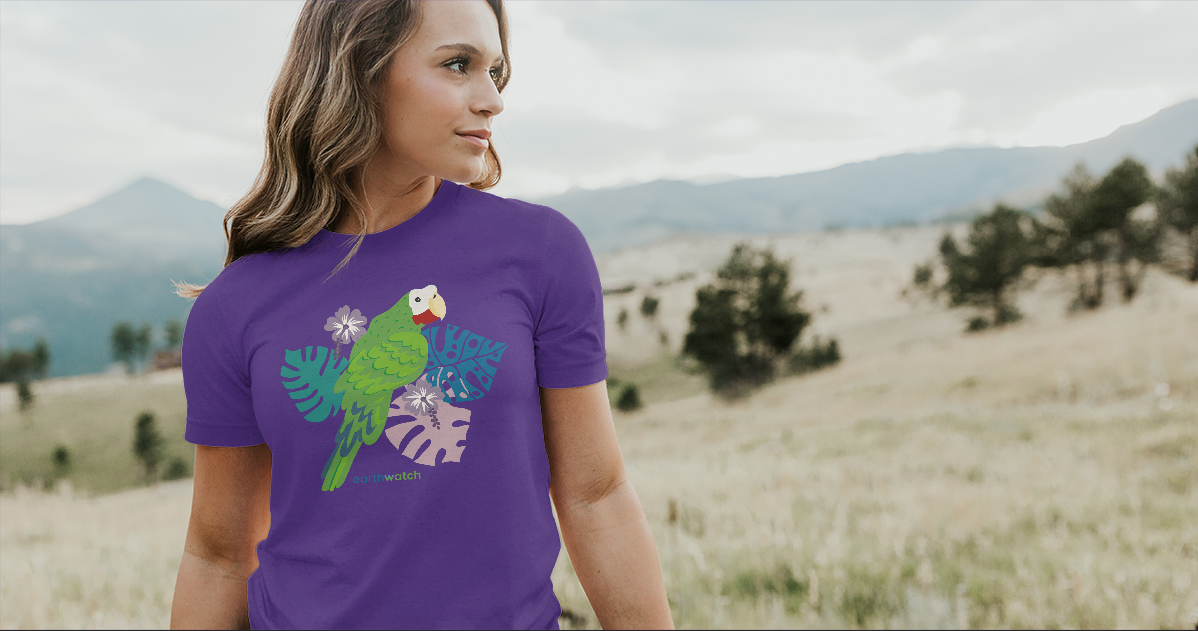.
Episode 13 with Dr. Natalia Rossi and Maydiel Cañizares Morera
.
space
.

.
Resource List
- Boom B (2011) The Case for Enhanced Environmental Cooperation Between the Republic of Cuba and the United States of America. 2011. A Tinker Foundation White Paper. Updated as: Biodiversity without Borders: Advancing U.S.-Cuba Cooperation through Environmental Research, Science and Diplomacy.
- Davalos LM (2004) Phylogeny and biogeography of Caribbean mammals. Biological Journal of the Linnean Society 81: 373-394.
- Díaz LM, Cádiz A, Chong A, Silva A (2007) First report of chytridiomycosis in a dying toad (Anura: Bufonidae) from Cuba: a new conservation challenge for the island. EcoHealth 4: 172-175.
- González VR, Schettino LR, Mancina CA, Iturriaga M (2014) Amphibians of Cuba: Checklist and Geographic Distributions: Division of Amphibians & Reptiles, National Museum of Natural History, Smithsonian Inst.
- Iturralde-Vinent MA, MacPhee RD (1999) Paleogeography of the Caribbean region: implications for Cenozoic biogeography, American Museum of Natural History.
.
Scientist Biographies

Dr. Natalia Rossi
Cuba Country Manager for the Mesoamerica and Western Caribbean Program at the Wildlife Conservation Society
Dr. Natalia A. Rossi has a Ph.D. in Ecology, Evolution and Environmental Biology, a Master of Philosophy in Ecology and Evolutionary Biology, and a Master of Arts in Conservation Biology from Columbia University. She also has a Licenciatura en Ciencias Biológicas from the Universidad de Buenos Aires, Argentina. Since 2009, Natalia Rossi has carried out conservation projects in Cuba in collaboration with WCS, Columbia University, and AMNH, leading numerous expeditions—including the Zapata and Birama Swamps in Southern Cuban archipelago, and Alejandro de Humboldt National Park—as well as facilitating expert-workshops and other types of academic exchanges between the US and Cuba.

Maydiel Cañizares Morera
Ornithologist at the Parque Nacional Ciénaga de Zapata
Maydiel obtained his B.S. in Biology at the Central University of Las Villas, Cuba, focused on the behavior and breeding biology of the Cuban Trogon. After finishing his studies Maydiel moved to Zapata Swamp Biosphere Reserve, where he held various positions in research and conservation between 2012 and 2018. These jobs included work at the breeding centers of the critically endangered Cuban Crocodile and the near-threatened Cuban Parrot. During his last four years in Cuba, Maydiel was employed as an avian ecologist and ranger for the National Park and Fauna Refuges in Zapata Swamp. Maydiel is an avid naturalist and has participated in many research collaborations with both national and international institutions, such as WCS, BirdsCaribbean, Tufts University, and Loro Parque Foundation. He really enjoys interacting with a broad range of people and sharing his love for nature, which led him to pursue work as a nature-based tour guide. The perfect intersection of these passions was realized when he served as a local ornithology expert for the EarthWatch “Mapping Biodiversity in Cuba” program in 2018-2019.
.
.
.

.
Look good while doing good!
.
.
Featured Expedition
Mapping Biodiversity in Cuba
Join scientists on the largest island in the Caribbean to conduct an assessment of its diverse array of bird and amphibian species.
North America: Lomas de Banao Ecological Reserve, Sancti Spíritus, Cuba
Lead Scientist: Natalia A. Rossi, Ph.D.
Duration: 10 days (avg. $285 a day)
.
YOUR SUPPORT MATTERS
Earthwatch depends on donations—above and beyond what we raise from volunteers who participate on our expeditions—in order to deliver our global conservation mission. In fact, volunteer contributions provide only half of the total resources Earthwatch needs to sustain over 40 field research expeditions, a wide variety of educational programs, corporate sustainability trainings, and more each year.
